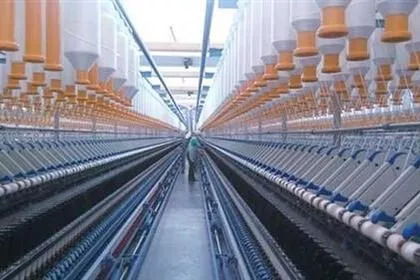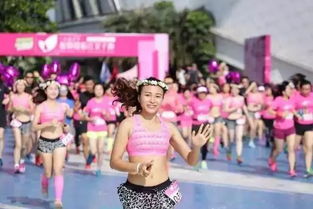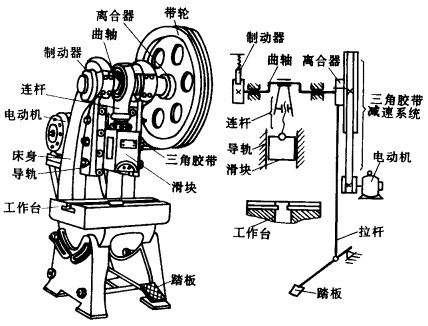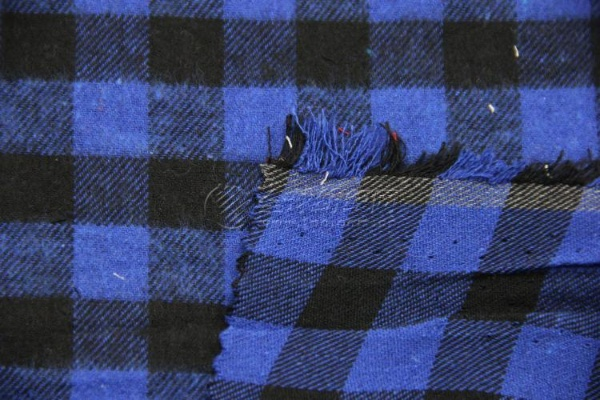The Art of Visual Inspection in Textiles:A Comprehensive Guide
This comprehensive guide to visual inspection in textiles provides a thorough overview of the techniques and tools necessary for assessing the quality, consistency, and overall appearance of textile products. From identifying defects such as color variations, wrinkles, and pilling to evaluating fabric thickness and density, this guide covers a wide range of topics related to textile inspection. Additionally, it includes tips on how to use specialized equipment such as calipers and microscopes to gain an even deeper understanding of the materials being examined. By following these guidelines, textile professionals can ensure that their products meet industry standards and meet customer expectations.
Introduction: The textile industry is a complex and diverse field, with countless materials, processes, and products. From the delicate fabrics of clothing to the sturdy industrial textiles used in various applications, the quality control of these products is crucial for their success. One critical aspect of this quality control process is the visual inspection of textiles, which involves using specialized tools and techniques to identify defects, flaws, or irregularities in the fabric. In this guide, we will explore the different methods and technologies used in textile visual inspection, along with some practical examples to illustrate their application.
Methodology: Visual inspection is a non-destructive testing method that relies on human vision to detect defects in textiles. It involves examining the surface of the material under a microscope or other imaging devices to identify any irregularities, tears, stains, or other defects. There are several different techniques used in textile visual inspection, each with its own advantages and limitations.
-
Macrovisual Inspection: This technique involves examining the entire fabric from a distance using a magnifying glass or binoculars. It is suitable for large areas and can quickly identify patterns, color variations, or overall quality. However, it may not be as accurate as microscopic inspection for small details or intricate designs.
-
Microvisual Inspection: This technique involves using a microscope to examine the fabric's surface in greater detail. It can detect tiny defects, such as pinholes, tears, or discoloration, and is often used for high-quality control inspections. However, it requires specialized equipment and training, making it more expensive and time-consuming than macrovisual inspection.
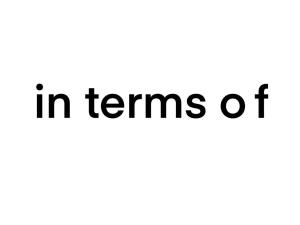
-
Laser Scanning: This technique uses lasers to create a digital image of the fabric's surface. It is highly accurate and can identify even the smallest defects, making it ideal for precision inspections. However, it requires specialized equipment and software, and can be expensive.
-
Computerized Image Analysis: This technique involves using computer algorithms to analyze images taken by cameras or other imaging devices. It can detect patterns, textures, and other features on the fabric's surface, making it useful for identifying specific types of defects. However, it requires significant computing power and expertise in data analysis.
Practical Application: The use of visual inspection techniques in the textile industry has numerous practical applications. For example, in the apparel industry, visual inspection is used to ensure that garments meet quality standards and are free from defects such as holes, tears, or stains. In the manufacturing of industrial textiles, visual inspection is essential for ensuring that products meet specifications and are free from defects such as stitches, seams, or fiber breaks.
Case Study: One example of the successful application of visual inspection in the textile industry is the case of a major apparel manufacturer. The company implemented a comprehensive visual inspection program that included both macro and microvisual inspection techniques. This program allowed them to quickly identify and rectify any defects in raw materials before they were used in production. As a result, the company was able to improve product quality significantly and reduce costs associated with defective products.
Conclusion: Visual inspection is an essential part of the textile industry's quality control process. By utilizing a variety of techniques and technologies, manufacturers can identify and rectify any defects in their products in a timely and cost-effective manner. With the right tools and expertise, visual inspection can help ensure that textiles meet the highest standards of quality and reliability.
随着现代工业的快速发展,纺织品布料的质量和检测技术也得到了极大的提升,我们将通过一个纺织品布料视觉检测视频,为大家带来最新的检测技术和实际应用案例。 概述

视频开头,展示了一片繁忙的纺织品布料生产线,各种先进的检测设备在此忙碌地工作着,随后,视频详细展示了纺织品布料从原材料到成品的全过程,包括布料外观检测、尺寸检测、色差检测等多个环节,视频还通过实际案例展示了纺织品布料视觉检测技术在提高产品质量、降低生产成本等方面的应用。
视频中的关键技术展示
- 图像采集与处理技术:视频中展示了先进的图像采集设备,能够快速、准确地捕捉纺织品布料的图像,视频还展示了图像处理技术,能够对采集到的图像进行自动分析和处理,提高检测的准确性和效率。
- 自动化检测设备:视频中展示了多种自动化检测设备,包括自动识别系统、自动测量设备等,这些设备能够自动完成纺织品布料的检测任务,大大提高了检测的效率和准确性。
实际应用案例分析
提高产品质量
某纺织企业采用纺织品布料视觉检测技术,对原材料进行严格的质量控制,通过视频中的检测设备,可以快速准确地检测出原材料的缺陷和瑕疵,避免了不合格原材料进入生产环节,从而提高了产品的质量。
降低生产成本
某服装企业采用纺织品布料视觉检测技术,对生产过程中的纺织品布料进行实时监控和检测,通过视频中的自动化检测设备,可以及时发现生产过程中的问题,避免了生产过程中的浪费和损失,从而降低了生产成本。
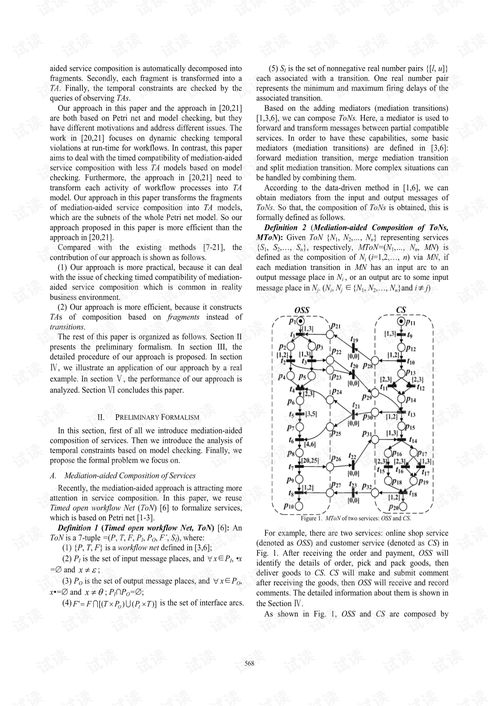
英文案例说明
以下是英文案例说明:
英文案例一:某纺织品生产企业采用纺织品布料视觉检测技术,提高了产品质量和生产效率,该企业通过使用先进的图像采集和处理设备,能够快速准确地检测出纺织品布料的缺陷和瑕疵,避免了不合格产品进入市场,该企业还采用了自动化检测设备,实现了生产过程的实时监控和检测,大大提高了生产效率和产品质量。
英文案例二:某服装品牌采用纺织品布料视觉检测技术,实现了对生产过程中的纺织品布料的实时监控和检测,该技术能够快速准确地发现生产过程中的问题,避免了生产过程中的浪费和损失,该技术还能够提高生产效率和质量,为品牌带来了更高的市场竞争力。
通过这个纺织品布料视觉检测视频,我们了解了最新的检测技术和实际应用案例,纺织品布料视觉检测技术的应用不仅可以提高产品质量和生产效率,还可以降低生产成本和浪费,随着科技的不断发展,纺织品布料视觉检测技术将会更加成熟和完善,为纺织行业的发展带来更多的机遇和挑战。
Articles related to the knowledge points of this article:
Ranking the Number of Chinese Textile Brands
Exploring the Wonderland of Disney Home Textiles
The Price Dynamics of Nano Silver Textiles:A Comprehensive Analysis
